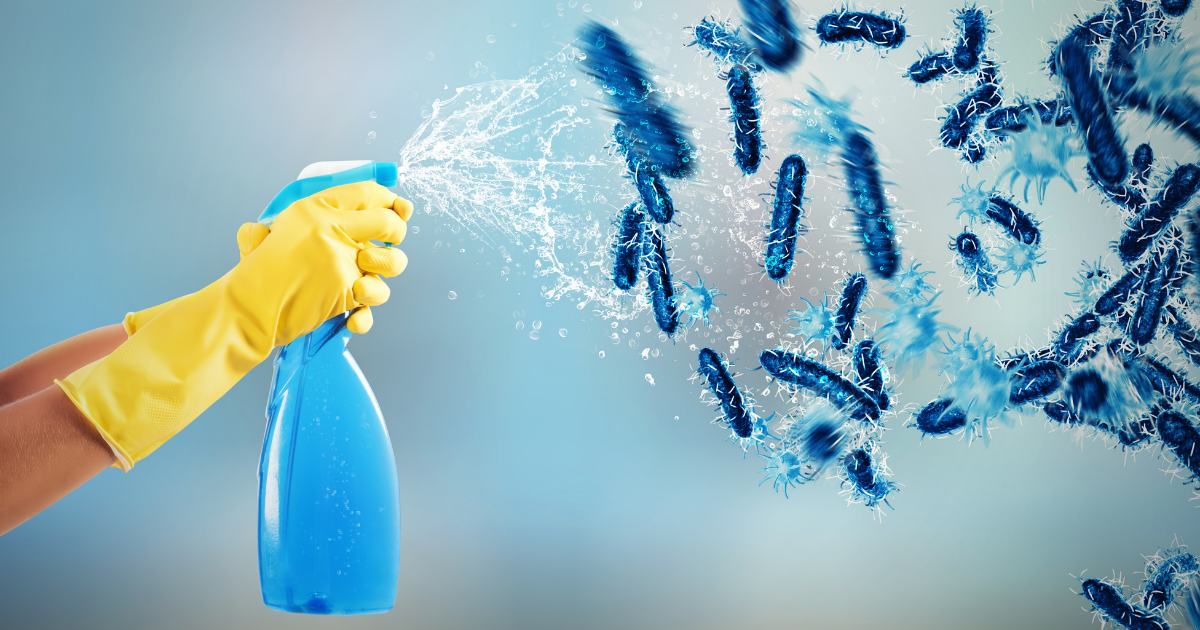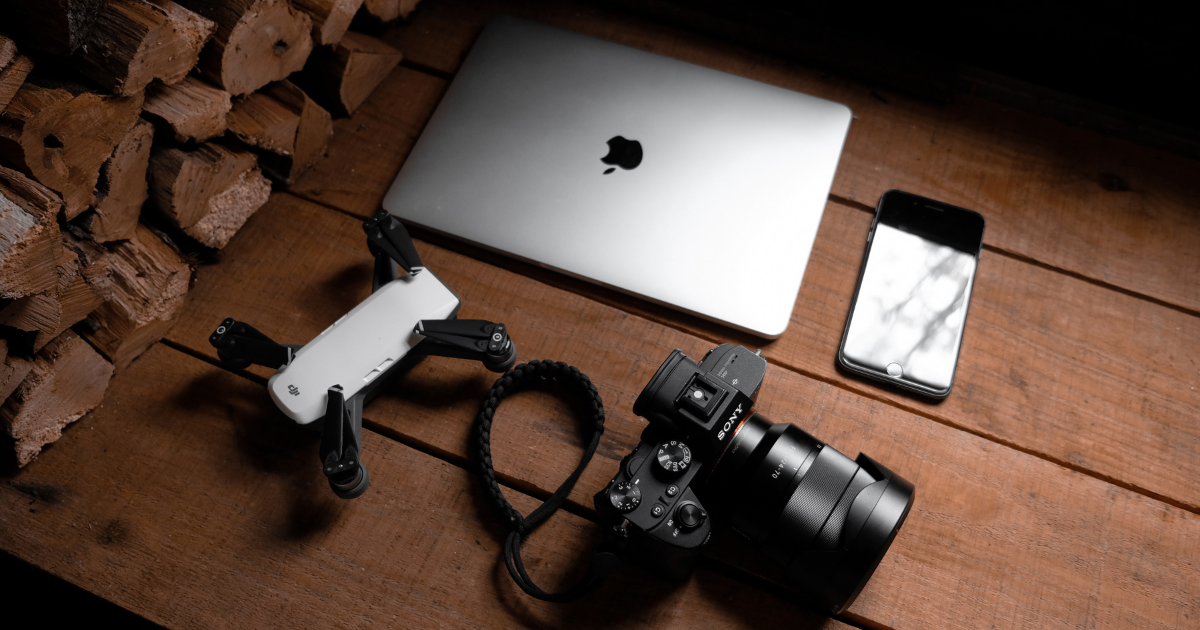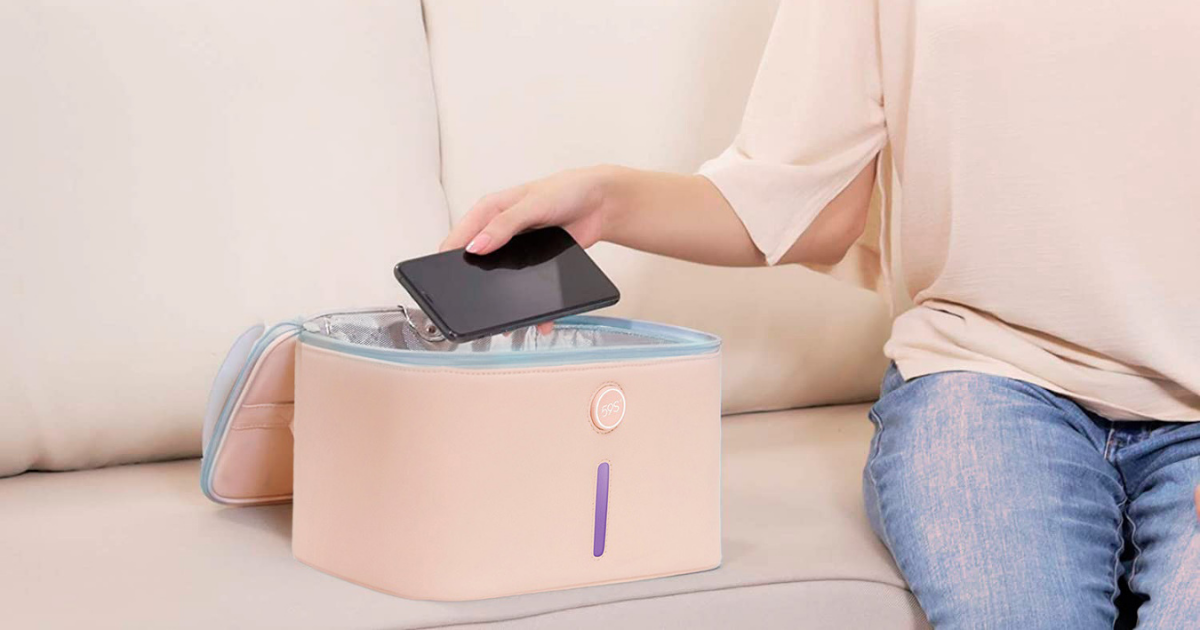Cleaning and Disinfecting: Will It Still Be Crucial Post-Pandemic?
Will Cleaning and Disinfecting Still Be Crucial Post-Pandemic
The coronavirus pandemic has put the spotlight on cleaning and disinfecting. In light of this, many people wonder if these practices will still be as crucial post-pandemic. Unfortunately, the answer to this question is yes. Cleaning and disinfecting are essential for preventing the spread of any viral outbreak, including the coronavirus.
Now that the pandemic seems to be waning, will facility managers continue with the increased disinfecting? Or will they scale it back now that the risk is lower? Some experts believe that although COVID-19 is on the decline, other diseases could take their place, so it is still important to clean and disinfect frequently.
Although the current increase in cases is due to the Delta variant, there will eventually come a time when the pandemic is behind us. This means that disinfecting will no longer be as crucial as now. However, it is important to remember that hygiene habits should still be practiced even after the pandemic ends as infection prevention.
Albeit the post-pandemic world will be vastly different from what we are experiencing now, infection control should still be a top priority. We can’t let our guard down just because the pandemic is over-there are still many ways that diseases can spread. Now might be the time to increase our focus on disinfecting, as people may be more likely to let their guard down in the aftermath of a global crisis.
A pandemic is a new global virus outbreak, and the current coronavirus pandemic has caused many businesses to reevaluate their cleaning and disinfecting protocols. However, it is important to remember that other diseases can also plague a facility. Therefore, it is crucial to have a comprehensive disinfecting plan to address all potential threats.
Occupants will get sick without proper and frequent cleaning and disinfecting. Therefore, even after the pandemic subsides, it will still be crucial to clean and disinfect frequently to prevent the spreading of any potential diseases.

How to Clean and Disinfect
Remember a few key things when home disinfecting during a pandemic. First, if you are sick, stay separate from other people in the home. Second, clean and disinfect when needed. And third, always follow the instructions on the product labels.
If a person has the flu or any other sickness, it is crucial to clean and disinfect the area where they are staying. If possible, provide the sick person with their cleaning supplies to clean and disinfect after use. For example, if a sick person uses the bathroom, it should be cleaned and disinfected after each use.
Now that a pandemic has been declared, many people wonder what they need to protect themselves and their loved ones. Cleaning and disinfecting will continue to be crucial post-pandemic to prevent the spread of the virus. Use soap and water or a cleaner for these surfaces to clean surfaces. To disinfect using an EPA List N external icon product, ensure the product is registered with the EPA and follow all instructions.
Now that the pandemic is waning, many ask if disinfecting will still be necessary. The answer is yes. While the risk of contracting COVID-19 diminishes with time, other diseases may take their place. In addition, many porous surfaces still need to be regularly cleaned and disinfected for disease control.
Though the pandemic may have faded, the need for disinfecting your household has not. It might be even more crucial now as people return to normal routines. Be sure to use a disinfectant from the EPA List N external icon. However, please note that many products contain alcohol because it dries quickly. If you are looking for a specific product, check the ingredients before purchasing. The CDC recommends taking extra precautions when disinfecting your household areas.
Knowing how to clean and disinfect surfaces in a pandemic is crucial. For example, if you are sharing a bathroom with someone sick, clean and disinfect after each use. Additionally, carpets, rugs, and drapes can harbor viruses and should be cleaned and disinfected regularly.
Everyone must take the necessary precautions to clean and disinfect their surroundings in a pandemic. For example, if you are sharing a bathroom with someone sick, clean and disinfect after each use. In addition, carpets, rugs, and drapes can be difficult to clean and may need to be replaced.
Now that the pandemic is waning, many people wonder if their disinfecting measures were necessary. The answer is a resounding yes! Cleaning agents like soap and water or specific cleaners for those surfaces should still be used, and disinfectant products like EPA List N external icon products should still be used on soft surfaces.
There are still a few things that people need to do to clean and disinfect their homes. First, when handling dirty laundry from a sick person, it is important to wear gloves and masks. Second, wipes can be used for electronics and other hard surfaces.
While disinfecting will be crucial after the pandemic, the methods and products may change. The EPA has released a list of approved disinfectants, which can be found at: https://www.epa.gov/pesticides/chemical-properties-and-residues-disinfectants. Alcohol is a common ingredient in many disinfectants, so it will likely be a popular choice for disinfecting purposes.
Hard (Non-Porous) Surfaces
Non-porous surfaces should be cleaned using a detergent, soap, and water before disinfection. This is necessary to remove any organic material present on the surface and could interfere with the disinfection process.
It is important to remember that it should be used as instructed when using a new cleaning product. In addition, always wear gloves when disinfecting hard surfaces to protect yourself from harmful chemicals.
First and foremost, before cleaning any surface, be sure to read the manufacturer’s instructions. Then, if a diluted household chlorine bleach solution is appropriate for the surface, follow these steps: apply the solution to the surface, allow it to sit for at least one minute, and ensure proper ventilation during and after application.
The best way to clean and disinfect hard surfaces is by using a designed product. Always check to ensure the product is not past its expiration date, and never mix household bleach with ammonia or any other cleanser, as the mixture can create hazardous vapors.
Porous Surfaces
When disinfecting porous surfaces, cleaning them with a cleaner is important to remove any dirt or debris before applying the disinfectant. This will help ensure the disinfectant can reach all bacteria and viruses on the surface.
You should avoid shaking drapes as this could cause the virus to become airborne. In addition, be sure to disinfect all porous surfaces in your home regularly- especially if someone in your household is sick.
If the porous surface is not too dirty, you can clean it using a wet cloth and some detergent. Follow the manufacturer’s directions if you choose to launder the item.
Be sure to launder items on the warmest water setting possible and dry them completely. This will help disinfect the porous surfaces of the fabric and kill any bacteria or viruses.
To disinfect porous surfaces, you can use EPA-registered disinfectants that are effective against SARS-CoV-2. Be sure to follow the instructions on the product label for proper usage.

Electronics
You should regularly clean and disinfect your electronics, especially if an infected person has used them. This will help to prevent the spread of infection.
The average person spends a lot of time using electronic devices and may not realize the amount of dirt and bacteria that build upon them. To clean and disinfect these devices, some simple tips can be followed. For cell phones, tablets, touchscreens, and keyboards, microfiber cloths can wipe away debris. For remote controls and ATMs, alcohol wipes or a diluted bleach solution can disinfect the surfaces.
Remember to focus on the frequently touched surfaces when cleaning and disinfecting your electronics. For example, the buttons on your phone or laptop, the trackpad, and the keyboard. These surfaces can easily pick up bacteria and other contaminants that can cause you to get sick.
When disinfecting electronics, following the manufacturer’s instructions on which products to use is important. For example, a general-purpose cleaner or disinfectant for shared electronics, such as computers and phones, may be appropriate. However, a specialized cleaner or disinfectant for personal devices – like gaming consoles and laptops is often necessary to avoid damaging the device.
If you’re unsure how to clean and disinfect your electronics, consider using disinfectant products such as wipes or sprays with a minimum of 70 percent alcohol. If available, you can also find specific disinfecting guidelines from the manufacturer.
Non-Emergency Vehicles
Non-emergency vehicles should be cleaned and disinfected regularly to prevent the spread of germs and illnesses. In particular, surfaces that are commonly touched should be given special attention. Procedures for doing so should be developed and followed consistently.
At the beginning and end of each driver’s shift, they should conduct these procedures: Clean the vehicle’s interior using a disinfectant; vacuum the seats, floors, and carpets; wipe down all surfaces with a disinfectant. This will help keep your non-emergency vehicles clean and safe for drivers and patients.
When disinfecting a non-emergency vehicle, it is important to maintain adequate ventilation. This will ensure that you do not breathe in harmful chemicals and fumes.
First and foremost, when cleaning a non-emergency vehicle, start by identifying the visible dirt areas. In most cases, this can be addressed with a soap and water solution on hard non-porous surfaces. Examples include seats, armrests, door handles, seat belt buckles, light, and air controls, doors, windows, and grab handles. Then, make sure to rinse the area well afterward with clean water.
To clean and disinfect a non-emergency vehicle, follow these steps:
1. Vacuum the vehicle’s interior, paying close attention to areas that are difficult to reach or see, such as under seats and crevices.
2. Wet wipe all surfaces with an EPA-registered disinfectant product that has qualified for use against SARS-CoV-2. Follow the manufacturer’s instructions regarding concentration, application method, and contact time for all disinfectants.
3. Allow all surfaces to air dry completely before entering the vehicle.
First, remove visible contamination with appropriate products for seats and other porous materials in non-emergency vehicles. Next, clean the surface with the product indicated for use, then disinfect it with an EPA-registered product.
Hand Hygiene
When cleaning and disinfecting, removing gloves or other PPE, or coming into contact with an infected person, washing or sanitizing your hands as soon as possible is important.
Use soap and water for at least 20 seconds to clean and disinfect your hands. Be sure to scrub all surfaces of your hands, including the backs, palms, between fingers, and under nails. Rinse thoroughly and dry with a disposable towel or air dry.
In some cases, washing hands is not possible. For example, if you are in a health care setting and cannot get to a sink, you should use alcohol-based sanitizing stations made of at least 60 percent alcohol. If your hands are visibly dirty, wash them with soap and water.
In addition, there are other key times to clean your hands. They are after coughing, sneezing, blowing your nose, or using the restroom, before preparing food or eating, or after public visits or interactions.
What Can You Use To Clean and Disinfect?
It is important to be safe during the pandemic and take all necessary precautions, including cleaning and disinfecting your home. However, it is also important to use appropriate cleaners and disinfectants. Be sure to store them in their original containers and follow the instructions on the labels carefully. Pay attention to any warnings that may be included on the labels.
It is important to remember that not all disinfecting products are equal. If certain products are mixed, it can be very dangerous. Serious injury or death could occur as a result. So, read the labels carefully and only mix safe products.
Though the risk of contracting pandemics is declining, it is still important to take precautions when cleaning and disinfecting your home. To avoid contact with the product, wear gloves and eye protection. If you come in contact with it, follow the instructions on the label or seek medical attention. Finally, store all disinfecting products away from children.
Disinfecting Wipes
Disinfecting wipes is a great way to clean surfaces and kill germs, but it’s important to use them correctly. The instructions on the label will tell you how to get the most out of your disinfecting wipes.
To disinfect a wet surface, it is important to dry it with a paper towel. Additionally, wipes should not be reused to clean multiple surfaces, spreading bacteria and viruses.
For the disinfectant to kill the germs, the surface must remain wet for the amount of time listed on the label. Additionally, make sure to read and follow all instructions carefully before use.
Disinfectants are not meant to clean soils from surfaces. If you use a disinfectant to clean soil, you’re not effectively removing the soil. To properly remove soils and contaminants, use detergents or cleaners followed by a disinfectant.
Unfortunately, disinfectant wipes leave behind a sticky, smelly surface. In addition, they are not effective against soda spills or leftover food contact surface.
Isopropyl Alcohol
Isopropyl Alcohol is a household cleaner and disinfectant. It can clean surfaces, kill germs, and sanitize items. It comes in a liquid and spray form and is available at most pharmacies or grocery stores.
Isopropyl alcohol is a disinfectant that you can use to clean surfaces. For the surface to be disinfected, it will need to stay wet for the time listed on the label. Make sure to read and follow all instructions before using this product. Isopropyl alcohol is also one of the ingredients used for electrostatic spraying.

Ultraviolet Sanitizers
Ultraviolet Sanitizers are devices that use short-wave, germicidal radiation to kill or disable microorganisms. This radiation is harmless to the human body as the ozone layer and atmosphere completely absorb it.
Ultraviolet sanitizers are a great way to clean and disinfect items. They use high-frequency ultraviolet light to kill germs. This is a great option for personal hygiene items like make-up brushes, nail tools, and underwear. UVC LED light eliminates almost all viruses, fungi, and bacteria by destroying DNA & RNA physically.
Ultraviolet sanitizers are perfect for all sorts of small objects that need to be cleaned and disinfected. The LED light helps kill germs or bacteria, and it’s ozone-free, so it’s safe to use around electronics and other delicate items. Plus, it’s portable, so you can take it wherever you go!
Ultraviolet sanitizers are a great way to clean and disinfect your valuables in a short amount of time. They use a broad spectrum coverage and disinfection power to eliminate germs, bacteria, and unwanted odors in just 3 minutes. Plus, they automatically shut off when the process is done, so you don’t have to wait around.
This ultraviolet sanitizer is portable and easy to use. With just one button, it is simple to operate. You can take it with you wherever you go, at home or on family trips. It is a great choice for disinfection and public health.
Latest posts by Melanie Maxwell (see all)



